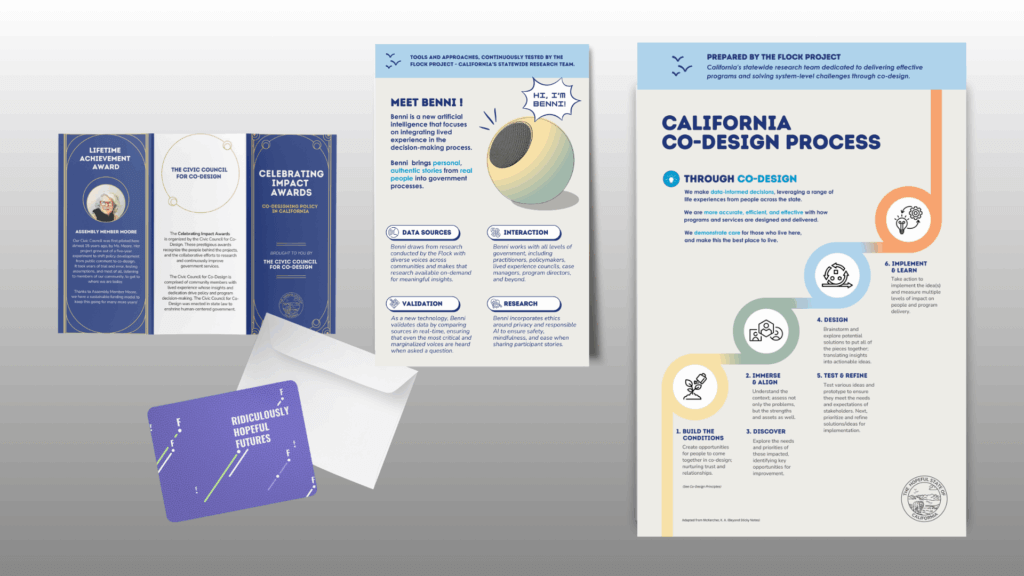Case study: Ridiculously Hopeful Futures for a Human-Centered Government
Participatory Experiential Futures (PXF) to elevate participant voice in public benefits
With funding from the Digital Harbor Foundation’s Public Benefit Innovation Fund, we teamed up with Virginia Hamilton and Hillary Carey to facilitate collective visioning across California. We invited folks to imagine – and interact with – futures where community voices shaped government policies, programs and services.
Workshop 1: Tulare County (March 26, 2025).

The Design of Futures Scenarios
In the Fall of 2024, the Ridiculously Hopeful Futures (RHF) team led three collective visioning sessions with policymakers and program administrators across public benefits systems in California. Participants were invited to describe the present state of opportunities for co-design, look back at the history that got us here, and imagine a more hopeful future. By engaging the people directly embedded in these systems, we were able to explore more broadly what the practice of human-centered design (HCD) requires in their work.
Two hopeful, human-centered futures emerged:
- Learning from and with people is normalized, systematized and funded:
- HCD is required and well supported
- Constituent voices and experiences are captured and easily retrieved
- Co-Design projects happen quickly and efficiently
- Quality and innovation is synonymous with public service work:
- Government processes and programs are modern and resilient
- Deep relationships exist between policymakers, implementers, and communities
We used these insights to design two futures scenarios: one focused on “Benni,” a speculative technology and AI benefits agent that would bring participant voices into decision-making, and a second future that enthusiastically celebrated and uplifted public service.
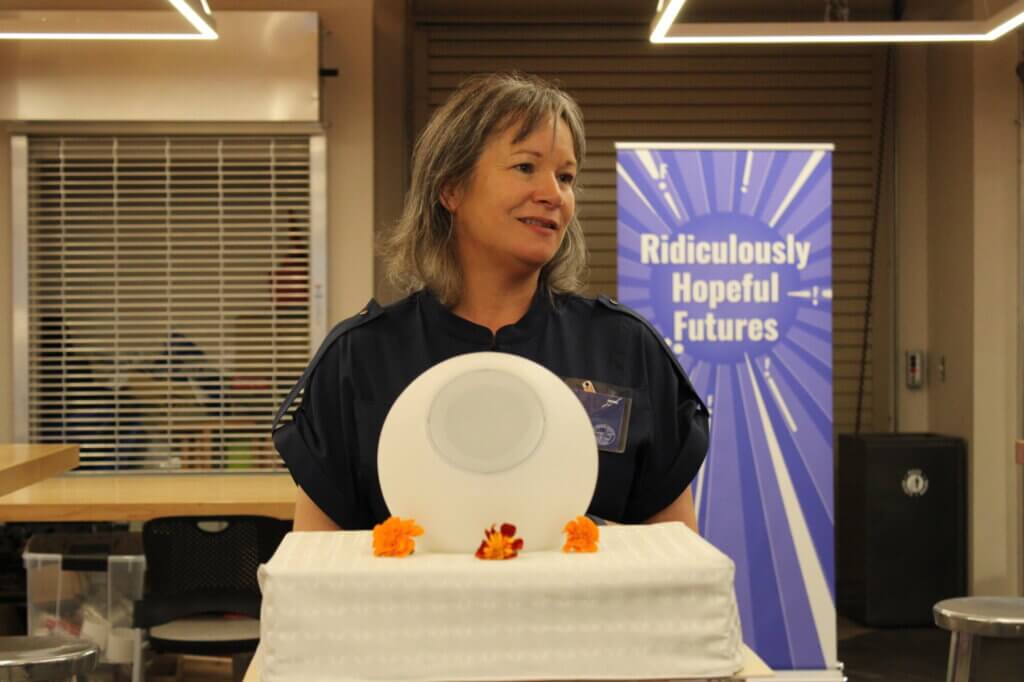
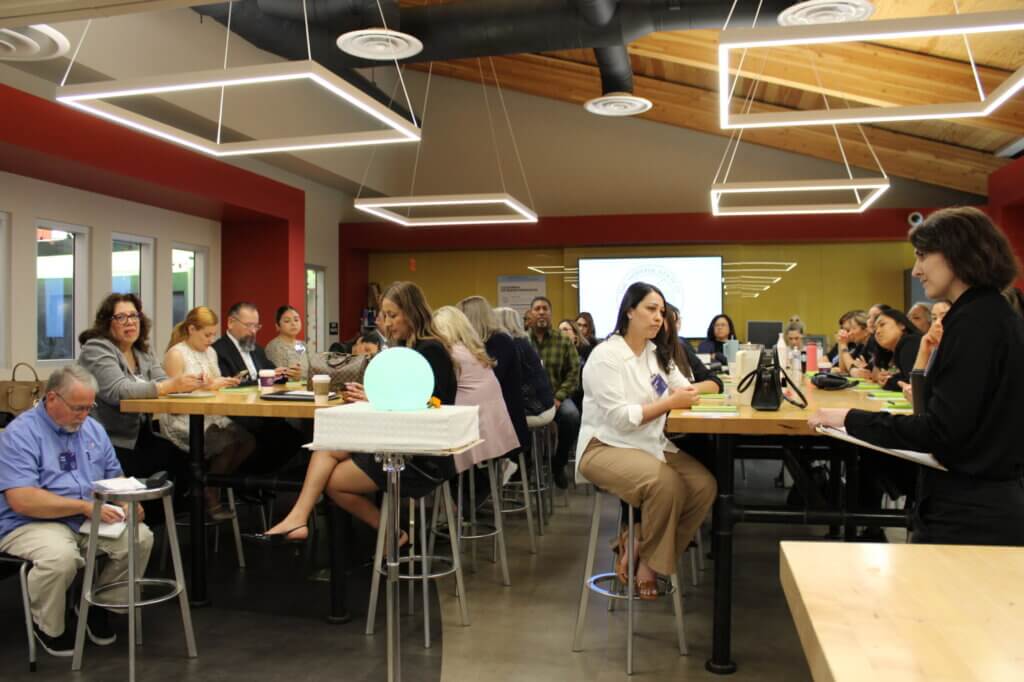
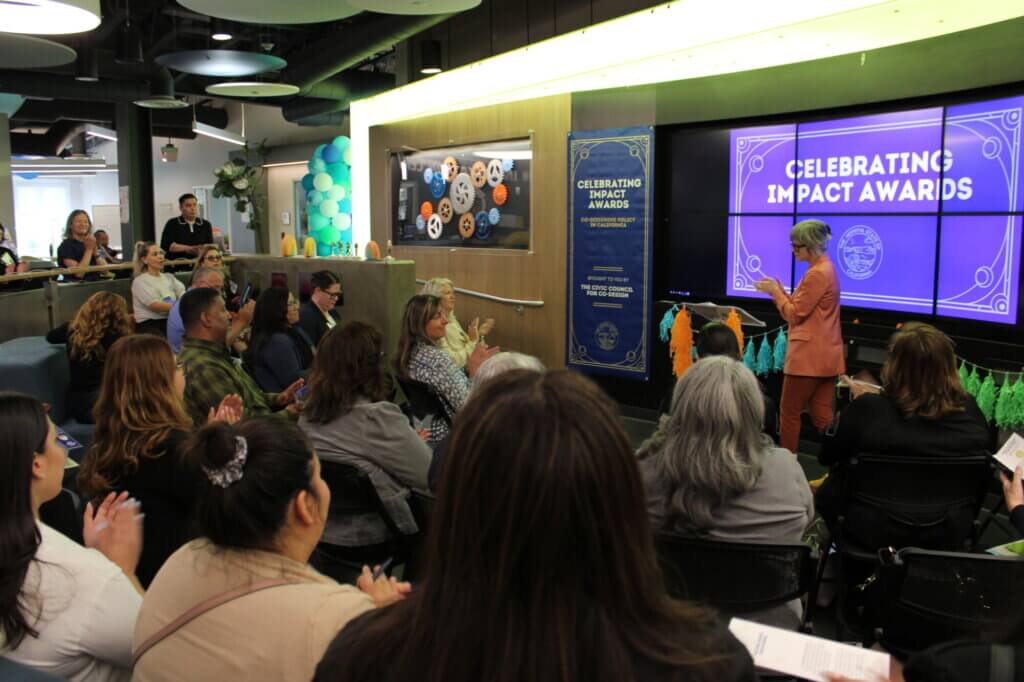
Five Futures Workshops
In the Spring of 2025, we took our immersive experiences on the road, inviting public benefits administrators across five California counties to experience our Ridiculously Hopeful Futures. In these futures, the State of California has fully embraced listening to “community voices” through co-design, and regularly consults those perspectives to shape public programs and policies.
Community Voices: the real, living expertise of benefits program participants – especially those historically excluded from civic processes.
Using Human-Centered Design (HCD) and Participatory Experiential Futures (PXF) methods, we engaged nearly 125 participants in an immersive workshop where they interacted with each scenario and reflected on how well it aligned with the future they wanted to see.
Below is a video playlist from each site we visited:
- Workshop 1 | Visalia, CA in Tulare County (March 26, 2025)
- Workshop 2 | Long Beach, CA (April 8, 2025)
- Workshop 3 | Concord, CA (April 17, 2025)
- Workshop 4 | Riverside, CA (April 23, 2025)
- Workshop 5 | Sacramento, CA (April 28, 2025)

Over the course of the project, we were able to validate the impact of Participatory Experiential Futures as a method for coalition building and visioning:
- We enabled participants to envision bold, equitable futures where they felt genuinely valued in spaces where public service work often goes underappreciated.
- Participants consistently reported that the workshops inspired creativity, connection, and a sense of agency. Some described transformative realizations about their roles as futurists or innovators within government services.
- Across sites, both familiar and new, we found that providing a dignified, respectful space encouraged candid reflection and deep engagement. This highlighted the importance of celebration, recognition, and collective visioning in shaping the future of public services.
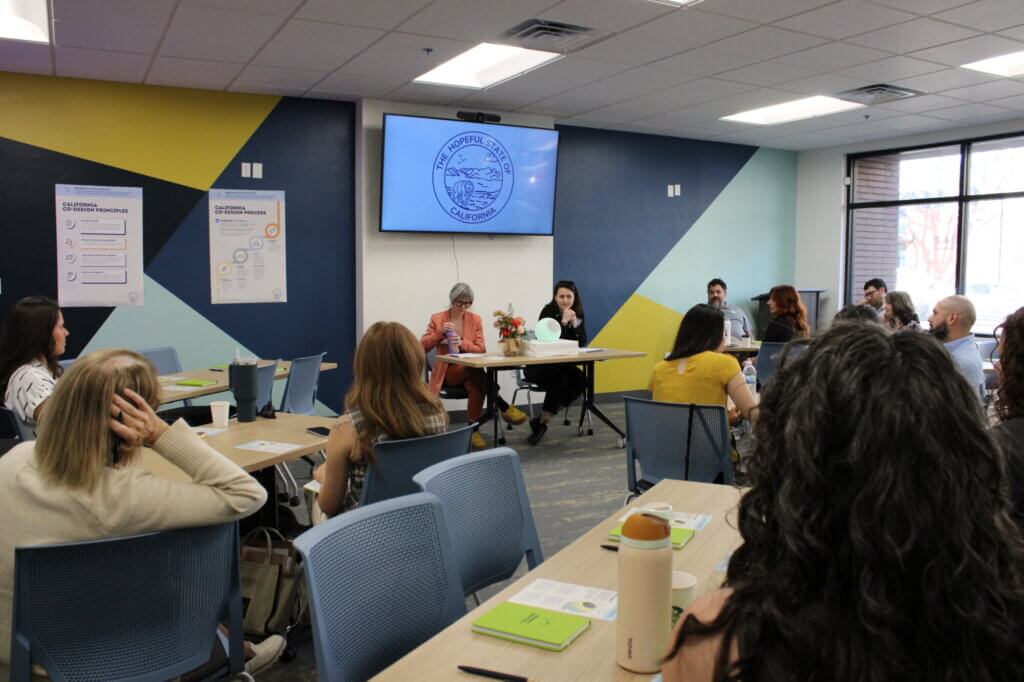
As part of the speculative exploration in scenario one, we introduced participants to Benni, a proposed AI assistant designed to relay real community stories directly to decision-makers. Benni doesn’t exist yet, but felt very real to workshop participants. In this scenario, Benni could act as a kind of ethical, participatory AI: bridging gaps between those using public services and those who design and administer them.
By bringing this idea to life with public servants across California, we learned a lot about the ways in which a tool like this could support the work as well as introduce new challenges and concerns.
The idea of referencing stories in real time, or creating space to collect stories from a neutral interviewer, interested people. However, there were also several conditions and protections that people would want to see in place to ensure that people’s experiences were managed and represented equitably. The top design requirements for the tool, included:
- Co-design all aspects with community members and government staff
- Ensure Benni reduces rather than increases burden on both citizens and staff
- Build in multiple feedback mechanisms for continuous improvement
- Provide comprehensive training and support for adoption
- Maintain focus on outcomes rather than outputs
We brought some of these constraints to designers at an SF Design Week event, which you can read about here.
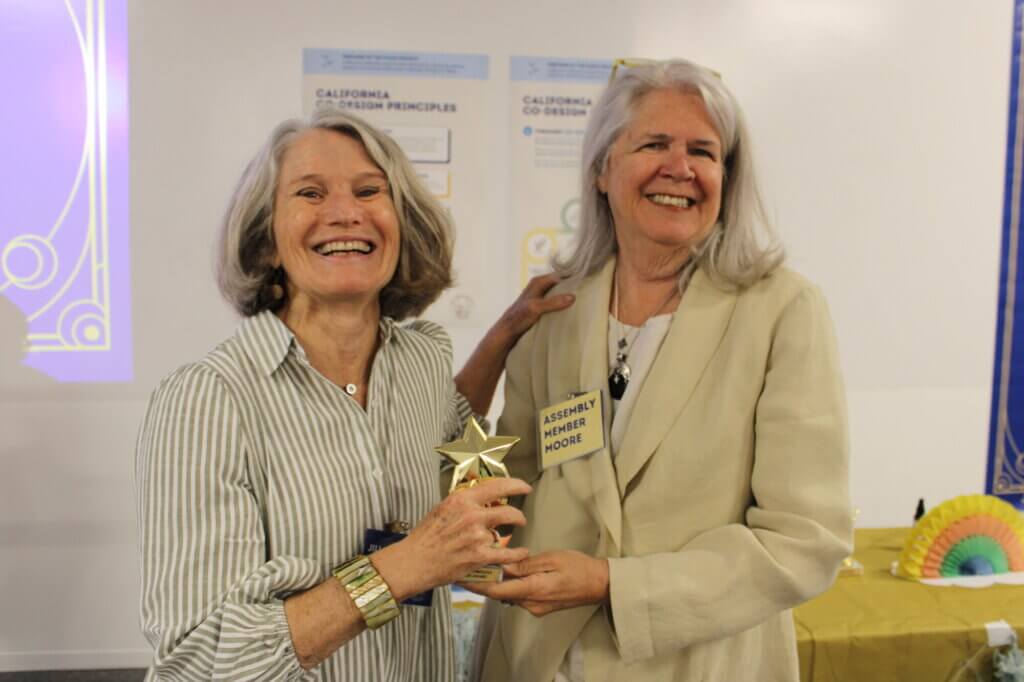
In this scenario, we invited our participants to both present and receive awards. We pulled stories from our co-design process to create fictional projects to celebrate, ensuring they were broad enough that they could represent the diverse participants at each workshop. Award winners were not notified ahead of time, which added to the joyful element of surprise and recognition for their work that’s seeding a more hopeful future today.
Many participants took to their role as award presenters – breathing life into their characters and sometimes adding in their own jokes. We also found that many of our awardees had unexpected ties to the topics and approaches for which they were being celebrated.
We learned that playful, imaginative methods, like our Oscars-style Awards ceremony, can powerfully affirm participants’ commitment to human-centered service delivery, spark new ideas, and strengthen community bonds. This scenario helped to surface the optimism within the room, and validated that there are many opportunities (big and small) to do this work collaboratively.
Here are some of the things participants had to say about their experience receiving the awards:
- “The event sparked new ideas, new relationships, and left me feeling energized, motivated, and connected to a vibrant community ready to move this work forward together. It was a truly great day. One of the best Mondays of 2025! Here’s to a ridiculously hopeful future ahead!”
- “I stay ridiculously hopeful that we can reimagine systems and lead change from inside government in a way that’s real, bold, and rooted in care. I was proud to be in a room full of passionate, change-making leaders—and I’m truly grateful for the chance to experience what ridiculously hopeful futures can look and feel like, together.”
- “This is the most fun I’ve ever had in a government building! This experience made me realize I am a Futurist, and inspired me to add speculative futures to my service offerings.”
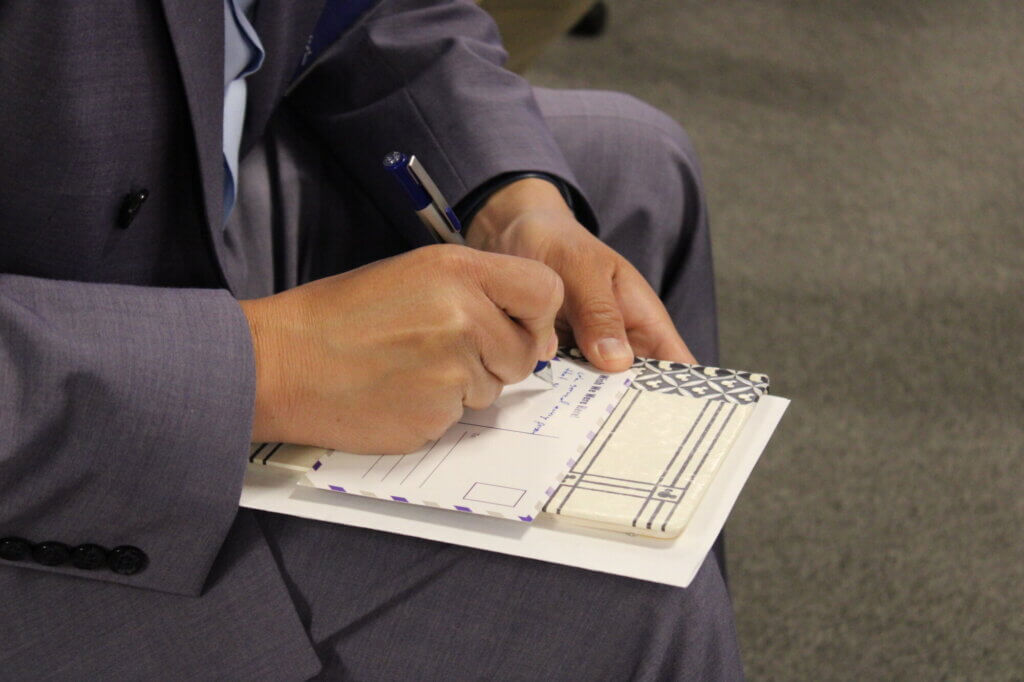
This work has been transformative in the spaces it occupied, for those that joined us, as and for our own team as facilitators of these Ridiculously Hopeful Futures. Altogether, we reached over 400 people through workshops, conferences, and newsletters, building momentum for a future-oriented community of practice in California.
Nearly 125 participants (including senior leaders across state and local government, education, workforce development, and nonprofits) joined in-person and virtual workshops, while ongoing conference presentations have inspired nearly 100 more, and a mailing list of over 200 people continues to extend the project’s reach while fostering a new and lasting community around Participatory Experiential Futures.
In addition to live engagements, CivicMakers made sure to capture our efforts and insights to ensure lasting impact. We prepared workshop materials, training decks, and technology use cases, along with event video summaries, newsletters, and two training videos. Together, these outputs not only capture the voices and ideas of participants but also equip government leaders with practical tools and resources to integrate AI, Human-Centered Design, and participatory futures methods into ongoing policy, program, and service design efforts.
Want to stay connected as we continue to shape new futures? Sign up for our FUTURES newsletter.
